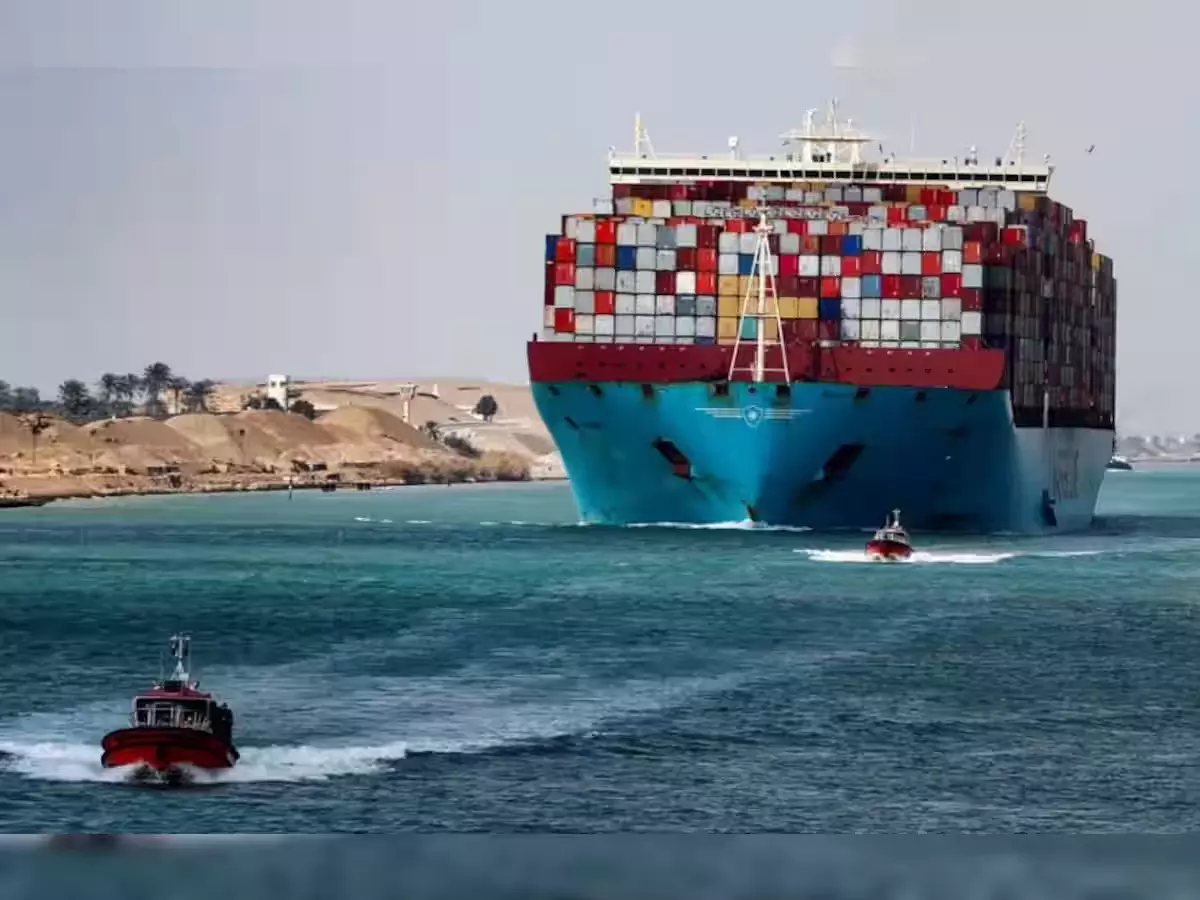Red Sea turmoil fuelling freight cost
Freight rates rise 150% in past 45 days. The route constituted 40% of the total oil imports and 24% of the total exports during Apr-Oct 2023. Major shipping lines have rerouted vessels around the Cape of Good Hope, which has increased time and costs, impacting both exports and imports. This detour adds 12-15 days to voyages on a business as-usual basis
image for illustrative purpose

Mumbai: Sustained disruptions in the Red Sea route are likely to raise the freight and forwarding (F&F) cost by 25-30 per cent for corporates largely dealing in international trade, a report said on Friday. Moreover, the working capital cycle is likely to aggravate by 15-20 days, and the impact could be higher for sectors such as agriculture and textiles, credit ratings agency Ind-Ra said in its report. Working capital cycle refers to the period between payments made to suppliers and revenue received from sales. The report also said that pressures on cash flow, although moderate for large entities, will further increase borrowings, especially for sectors such as iron and steel, auto and auto ancillaries, chemicals and textiles, which have seen a year-on-year rise in net leverage in the first half of the current fiscal.
Soumyajit Niyogi, Director, Core Analytical Group, Ind-Ra,said: “The challenge is significant for the entities having low value addition therefore thin margins. Although large entities have adequate elbow room to accommodate such incremental cost, delays and disruptions in supply chains will be key factors to watch for.” For medium-sized entities, he said, the challenge is two-fold, both cost and supply, and consequently on working capital cycle. “These entities have not benefited much from the softening of commodity prices, as free cash flow has remained sluggish for most of them,” he stated.
The initial reaction can be seen in freight rates rising by 150 per cent in the past 45 days, the rating agency said. The route constituted 40 per cent of the total oil imports and 24 per cent of the total exports during April to October 2023, it said. Major shipping lines have rerouted vessels around the Cape of Good Hope, which has increased time and costs, impacting both exports and imports, as per the report. This detour adds 12-15 days to voyages on a business as-usual basis; however, there could be a further delay owing to any sudden operational challenges, it said. This detour is directly translating to a higher operational cost, along with freight and insurance and intermittent disruptions on account of ship size and cost dynamics.
Although these disruptions have historically been short lived, a swift resolution seems improbable given the geopolitical standing, Ind-Ra said. As much as 20-25 per cent of India's foreign trade is routed through the Suez Canal, with key products such as crude oil, auto & auto ancillaries, chemicals, textiles and iron & steel being affected. Indian exports are facing higher shipping costs due to rerouting, leading to reduced export volumes, affecting small and medium-sized enterprises dealing with a high volume of low-value products. On the import side, vital commodities such as crude oil, fertilisers, and electronic components face inflated costs due to the crisis, leading to higher landed prices and inflationary pressures, impacting various sectors of the Indian economy, the ratings agency said.

